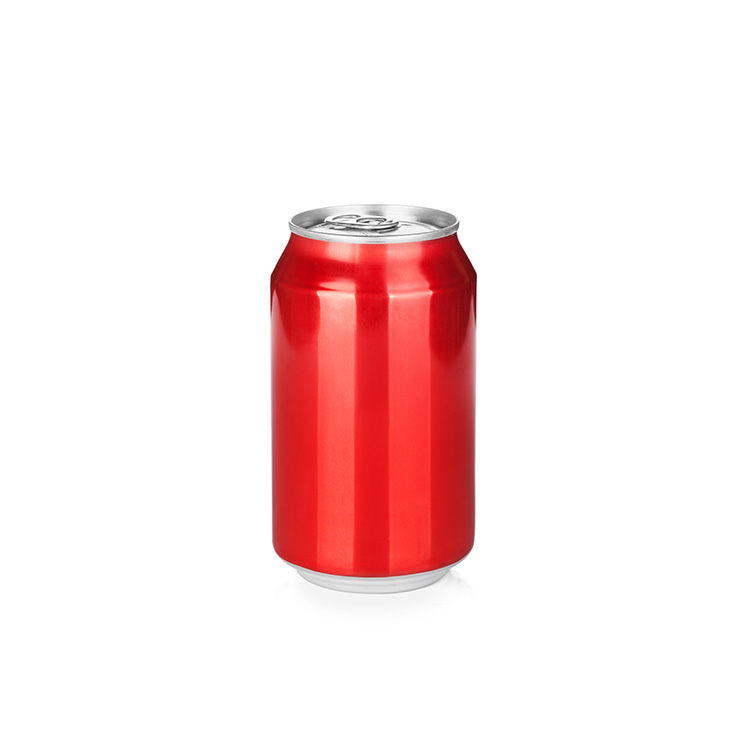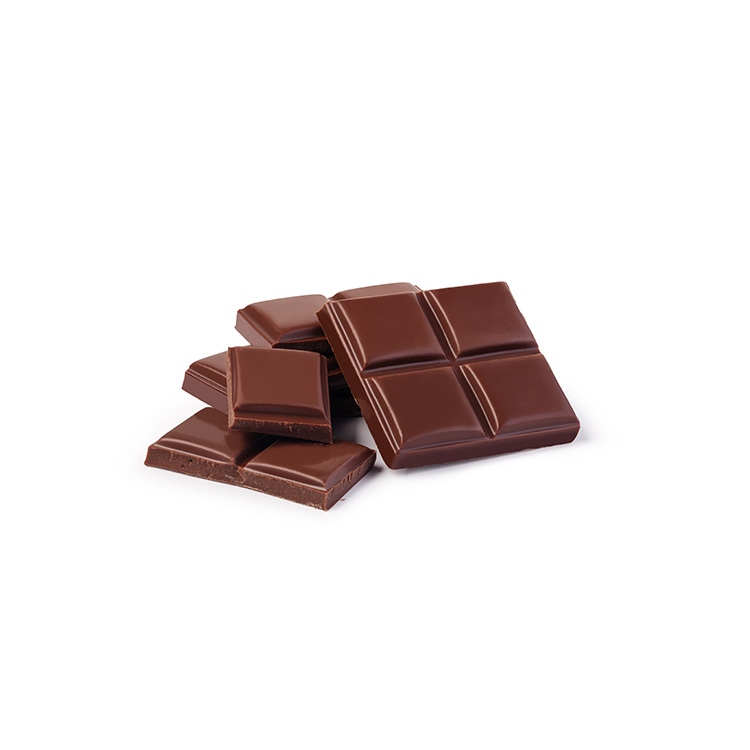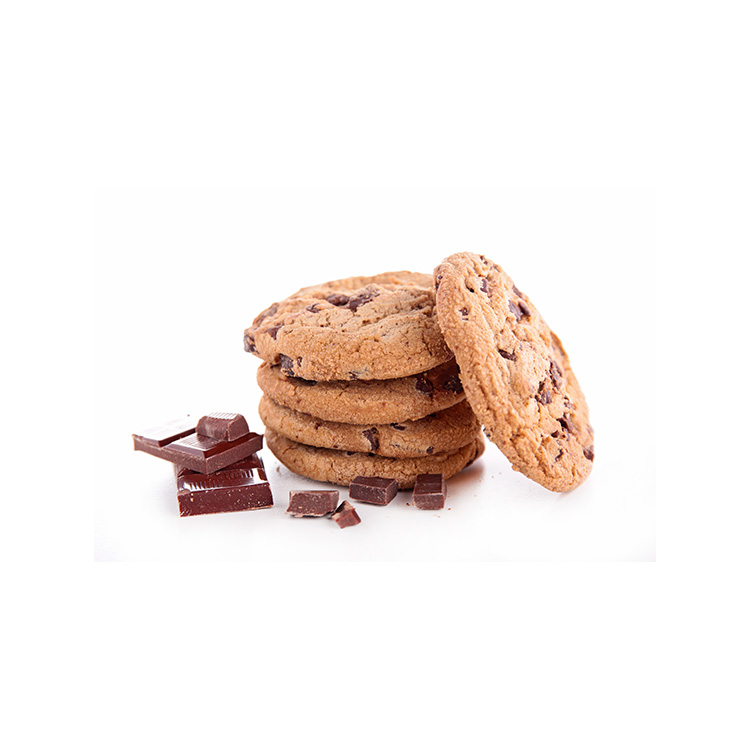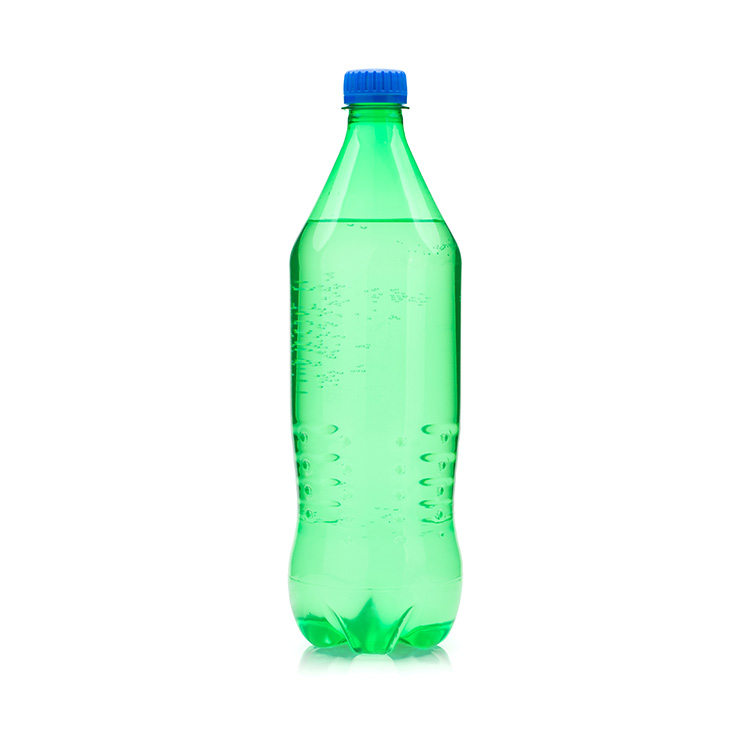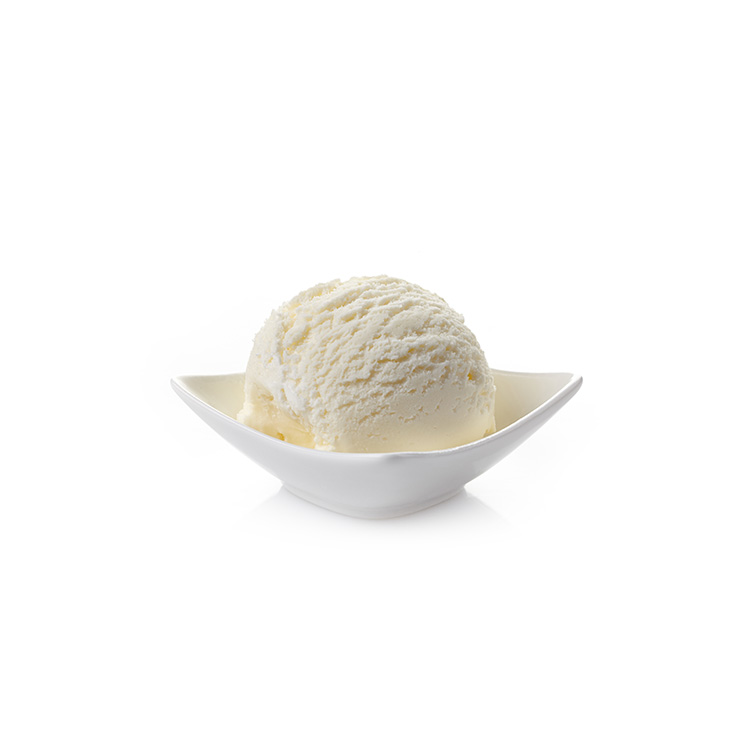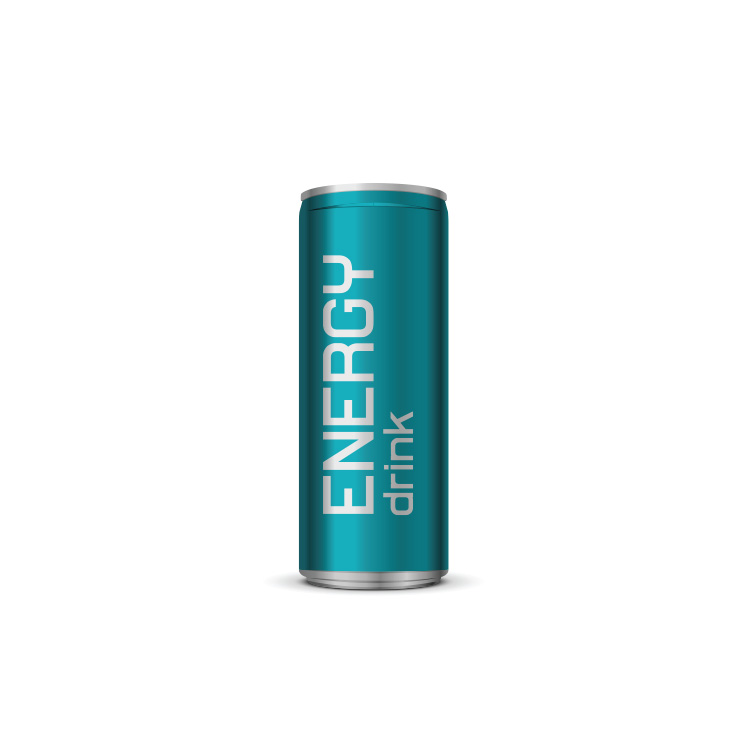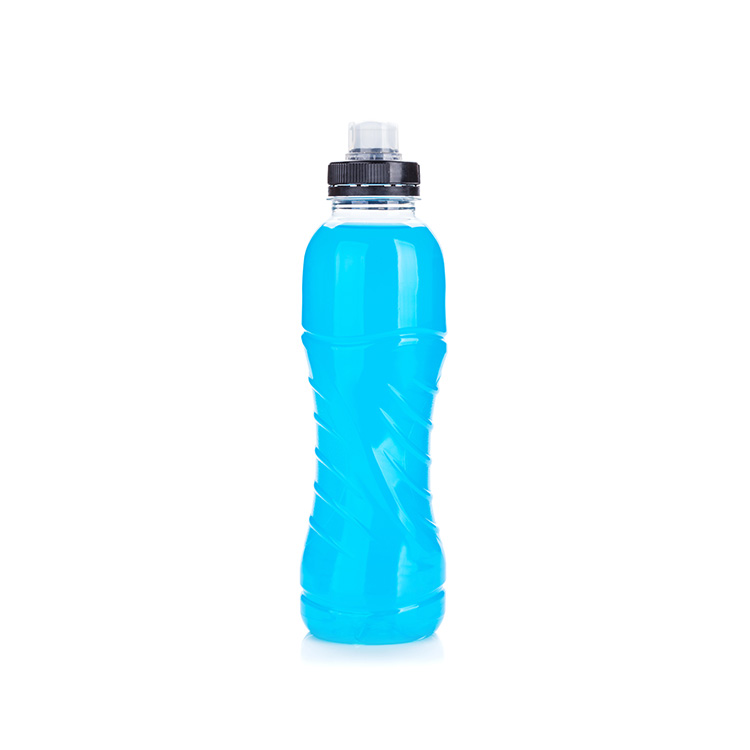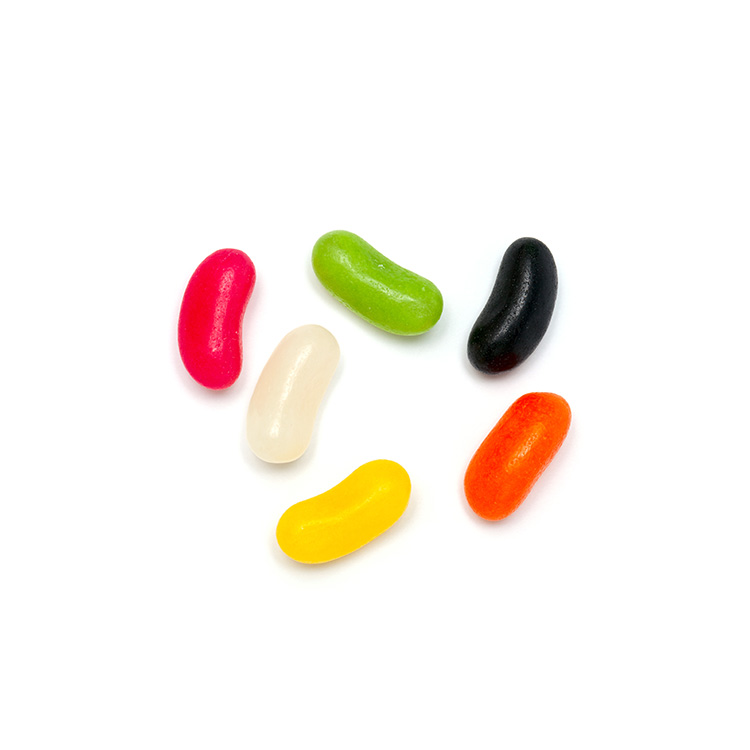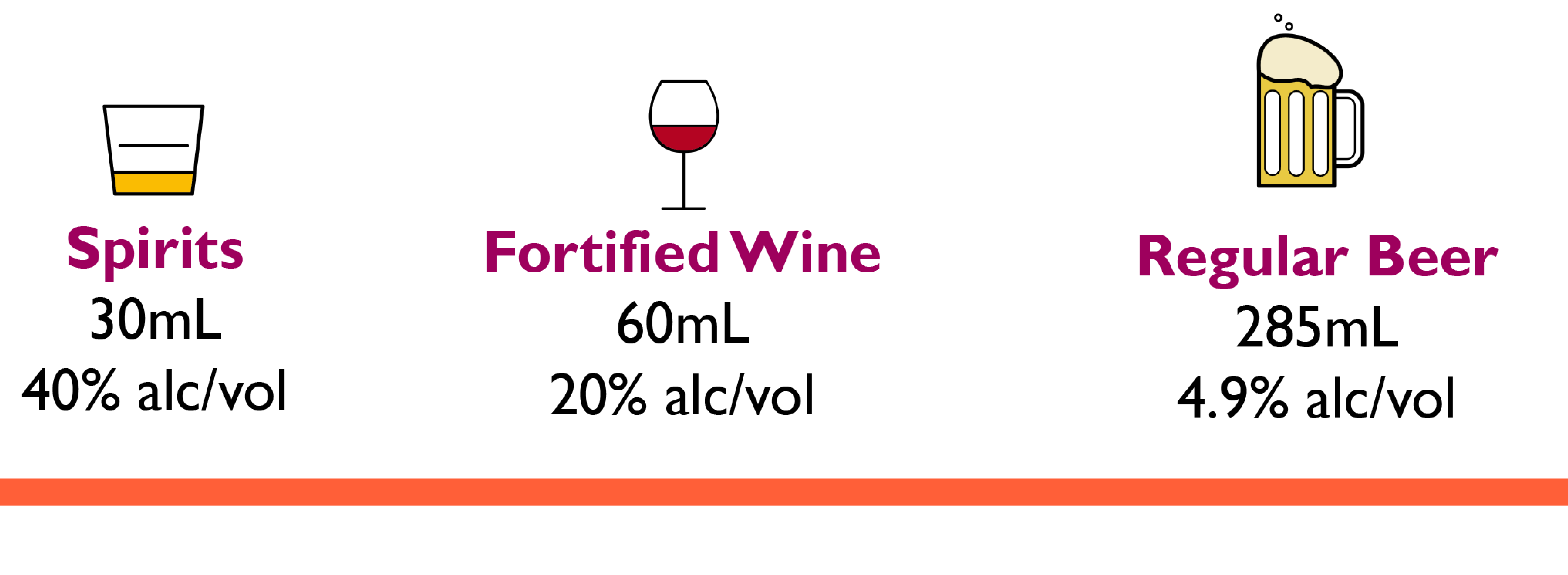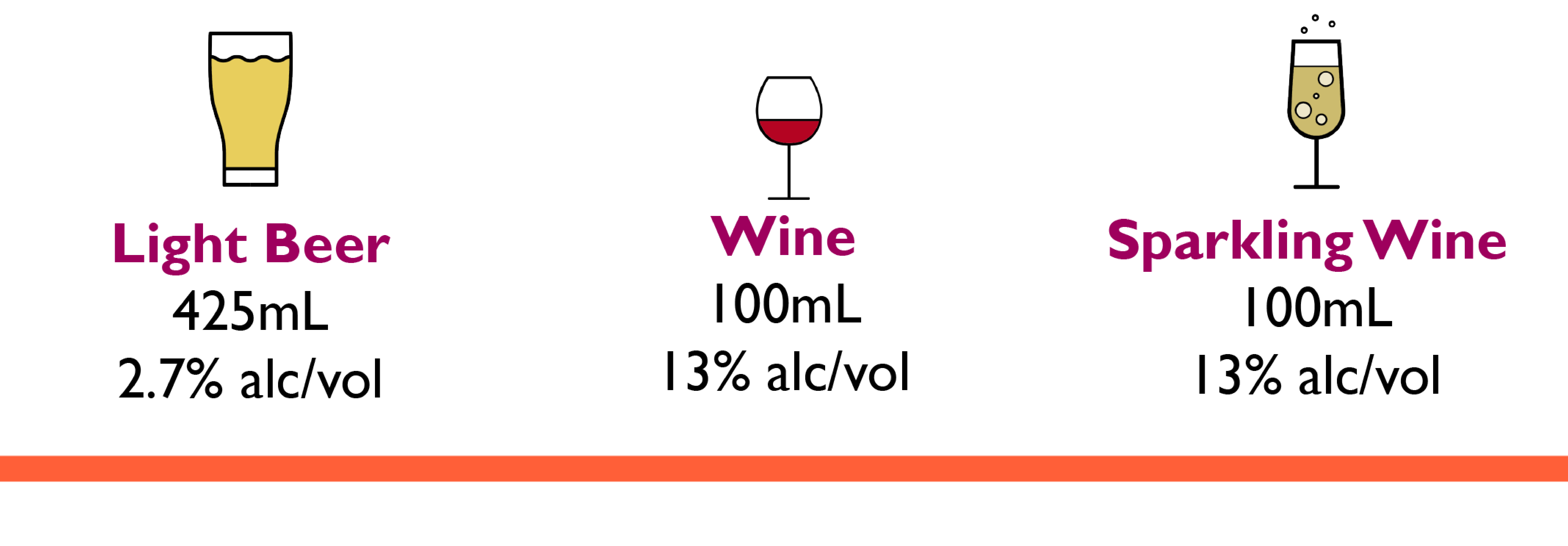After your transplant, it’s vital to maintain a healthy lifestyle to ensure your new organ is stable and to reduce the risk of developing diabetes, obesity and heart disease. Aim to include foods across the 5 food groups each day to incorporate important nutrients such as calcium and iron. For more information refer to the Australian Guide to Healthy Eating.
Allow yourself treats once in a while, but make sure you’re aware of the foods that you need to include in your diet and those you should limit. Ensure your daily food intake is low in saturated fats and sugars. Include plenty of fruits, vegetables and fibre in your meals. While you will have a wide choice of foods, choosing meals intelligently will keep your transplant safer.
Be aware that carbonated drinks like coke and lemonade (but not soda water) are heavy in sugar.

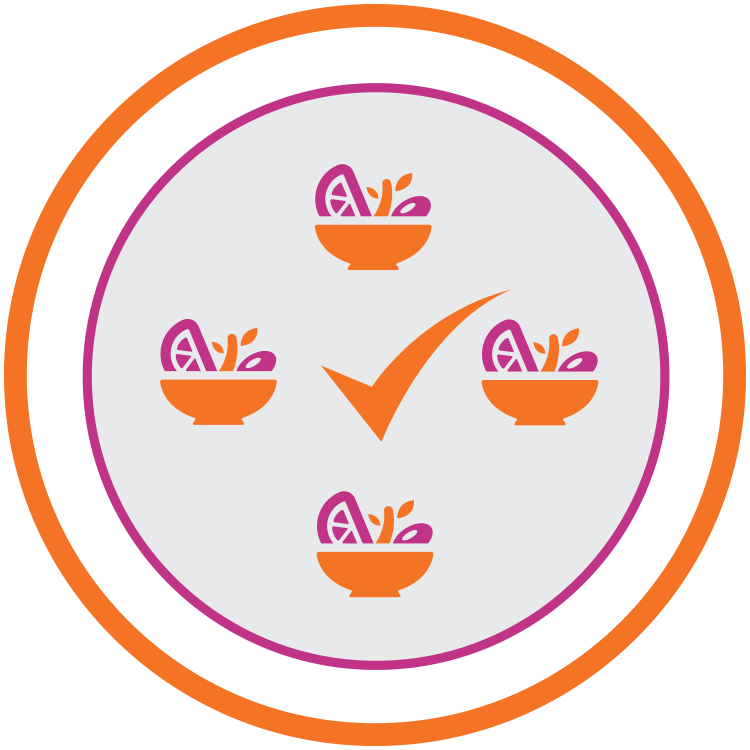
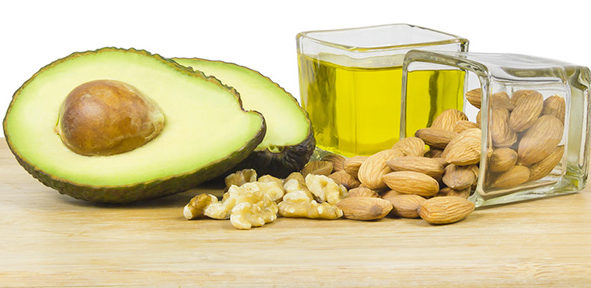


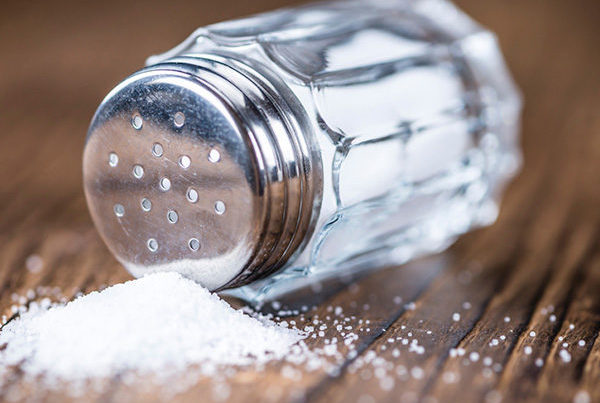
 Fresh garlic, fresh onion, garlic powder, onion powder, black pepper, lemon juice, low-sodium/salt-free seasoning blends, vinegar, fresh or dried herbs and spices.
Fresh garlic, fresh onion, garlic powder, onion powder, black pepper, lemon juice, low-sodium/salt-free seasoning blends, vinegar, fresh or dried herbs and spices. Salt and salt seasonings: table salt, seasoning salt, chicken salt, meat tenderiser, stock cubes, flavour enhancers.
Salt and salt seasonings: table salt, seasoning salt, chicken salt, meat tenderiser, stock cubes, flavour enhancers. Unsalted popcorn, pretzels, tortilla or corn chips, Vita-Weat, water crackers. Homemade or low-sodium sauces and salad dressings; vinegar; dry mustard.
Unsalted popcorn, pretzels, tortilla or corn chips, Vita-Weat, water crackers. Homemade or low-sodium sauces and salad dressings; vinegar; dry mustard. High-sodium sauces like barbecue sauce, gravy mixes, soy sauce, teriyaki sauce, oyster sauce. Salted snacks: crackers, potato chips, corn chips, pretzels, tortilla chips, nuts, popcorn.
High-sodium sauces like barbecue sauce, gravy mixes, soy sauce, teriyaki sauce, oyster sauce. Salted snacks: crackers, potato chips, corn chips, pretzels, tortilla chips, nuts, popcorn.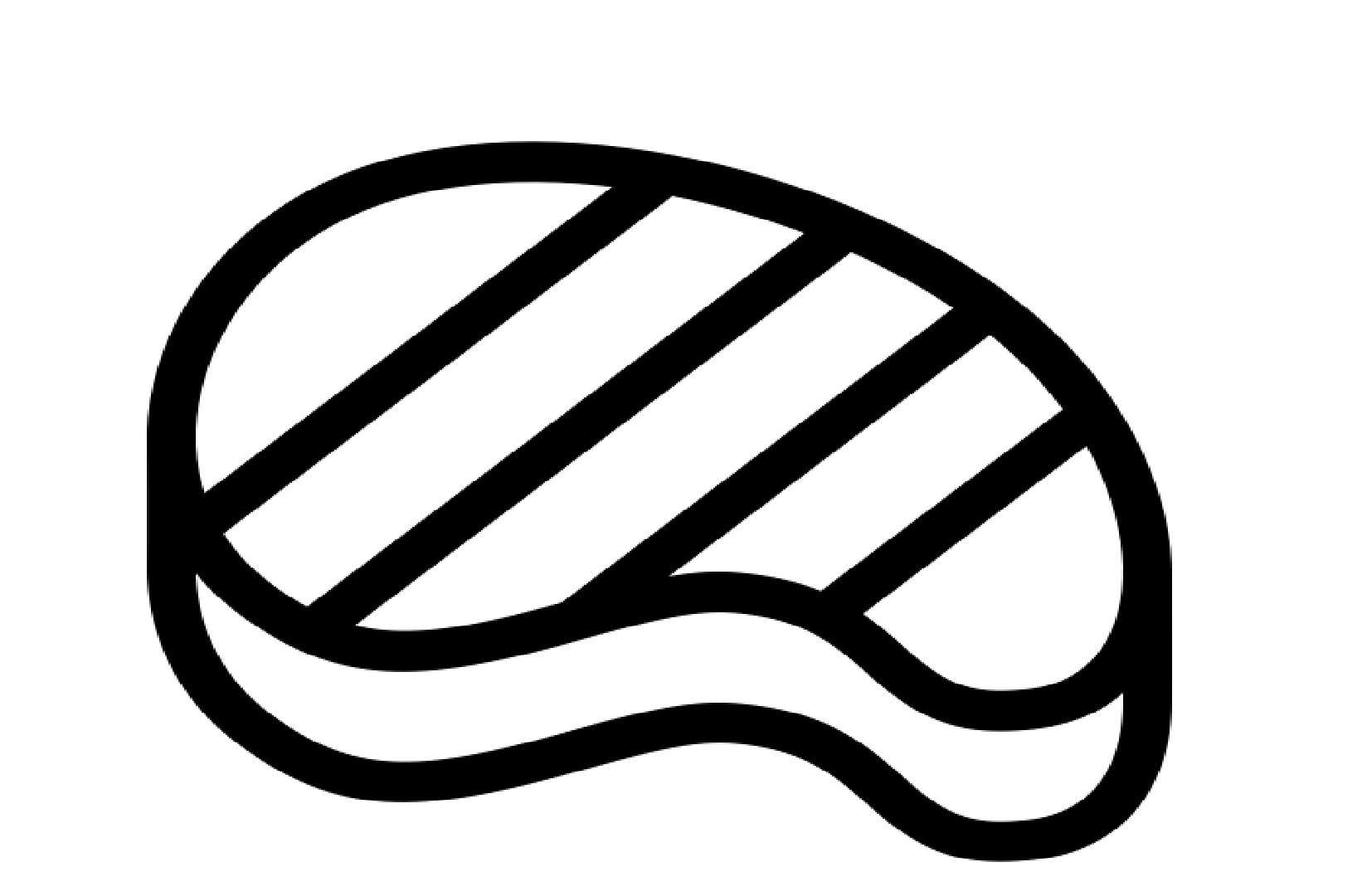 Fresh beef, veal, pork, poultry, fish, eggs. Low-salt deli meats e.g. turkey, roast beef, chicken.
Fresh beef, veal, pork, poultry, fish, eggs. Low-salt deli meats e.g. turkey, roast beef, chicken. Cured foods: ham, bacon, pickles, pickle relish.
Cured foods: ham, bacon, pickles, pickle relish.

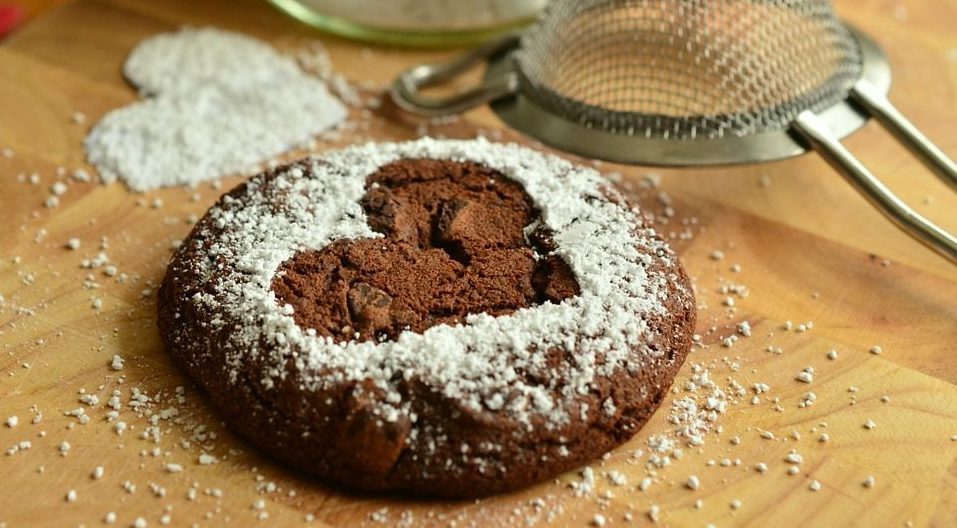

 Fruits, low-sugar options.
Fruits, low-sugar options. Energy and meal-replacement bars may have some nutritional value but are high in calories. The high sugar content causes a sugar rush and then crash, leaving you unsatisfied and hungry.
Energy and meal-replacement bars may have some nutritional value but are high in calories. The high sugar content causes a sugar rush and then crash, leaving you unsatisfied and hungry.
 If you like soft drinks, try diluting your drink with sparkling water.
If you like soft drinks, try diluting your drink with sparkling water.

